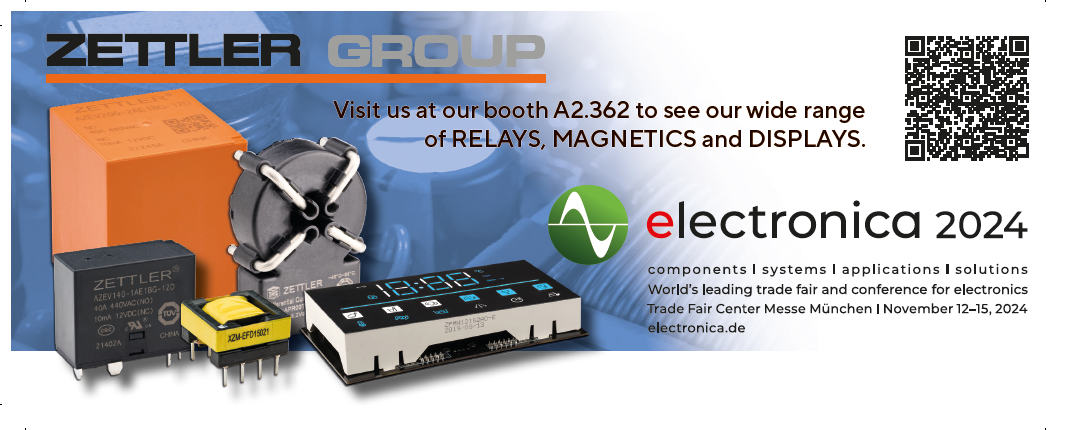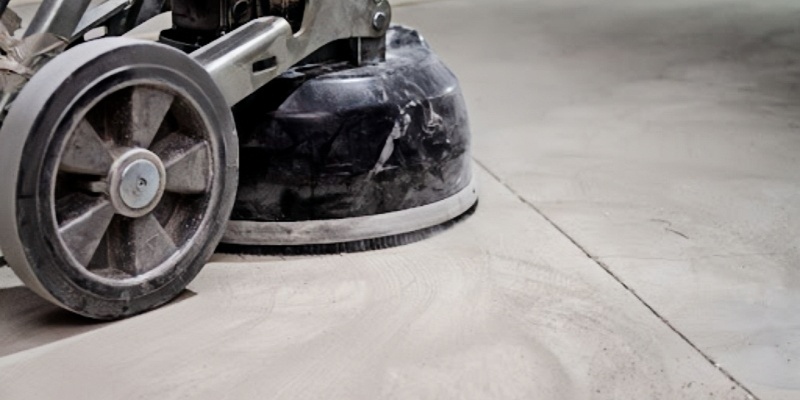The limitations of Hall effect current sensors
The realm of Hall effect current sensors, while impressive in its capabilities, is not without its limitations. These limitations, albeit not insurmountable, should be taken into consideration when employing such sensors in various applications.
One primary limitation of Hall effect current sensors lies in their restricted bandwidth. Due to the principle of operation, which relies on the measurement of the magnetic field generated by the current flowing through a conductor, these sensors exhibit a limited frequency response. As a result, their accuracy and performance may diminish at higher frequencies, making them less suitable for applications requiring precise measurements in fast-changing electrical environments.
Another constraint to be mindful of is the sensitivity range of Hall effect current sensors. While these sensors are capable of detecting relatively small currents, they may struggle to provide accurate readings for extremely low current levels. In such cases, the signal-to-noise ratio becomes a challenge, leading to potential inaccuracies and reduced reliability. This limitation is crucial to consider when dealing with applications that require the measurement of ultra-low currents.
Furthermore, the presence of external magnetic fields poses a hindrance to the accurate operation of Hall effect current sensors. These sensors can be highly susceptible to interference from external magnetic sources, which may distort the measured current readings. Shielding techniques and careful positioning can mitigate this limitation, but it remains a factor to be considered when implementing these sensors in magnetic-rich environments.
Additionally, the Hall effect itself introduces certain nonlinearities in the measured current output. The voltage generated across the Hall element does not always exhibit a perfectly linear relationship with the applied current, especially at high currents or when the sensor operates near its limits. Calibration procedures or compensation techniques may be necessary to ensure accurate measurements, especially when precision is of utmost importance.
While the limitations of Hall effect current sensors exist, it is important to emphasize that these drawbacks can often be addressed or mitigated through careful design considerations, calibration procedures, and appropriate usage in specific applications. Understanding these limitations allows engineers and designers to make informed decisions and choose alternative sensing technologies when the requirements surpass the capabilities of Hall effect current sensors. By acknowledging these constraints, we can leverage the strengths of Hall effect current sensors while working towards innovative solutions for a diverse range of electrical measurement challenges. We are professional current sensor manufacturer, get more details from www.njtokensensor.com.

 Innovative features for a wide range of applications
Innovative features for a wide range of applications 
 The
The 

